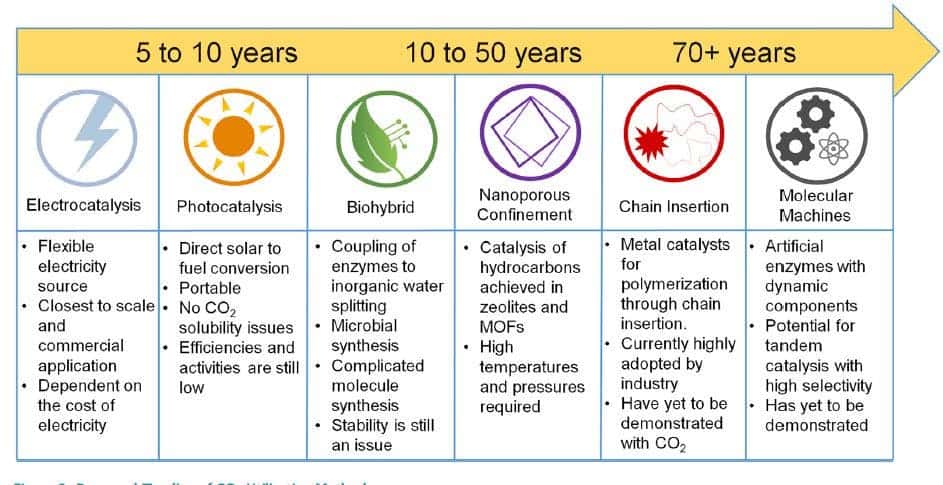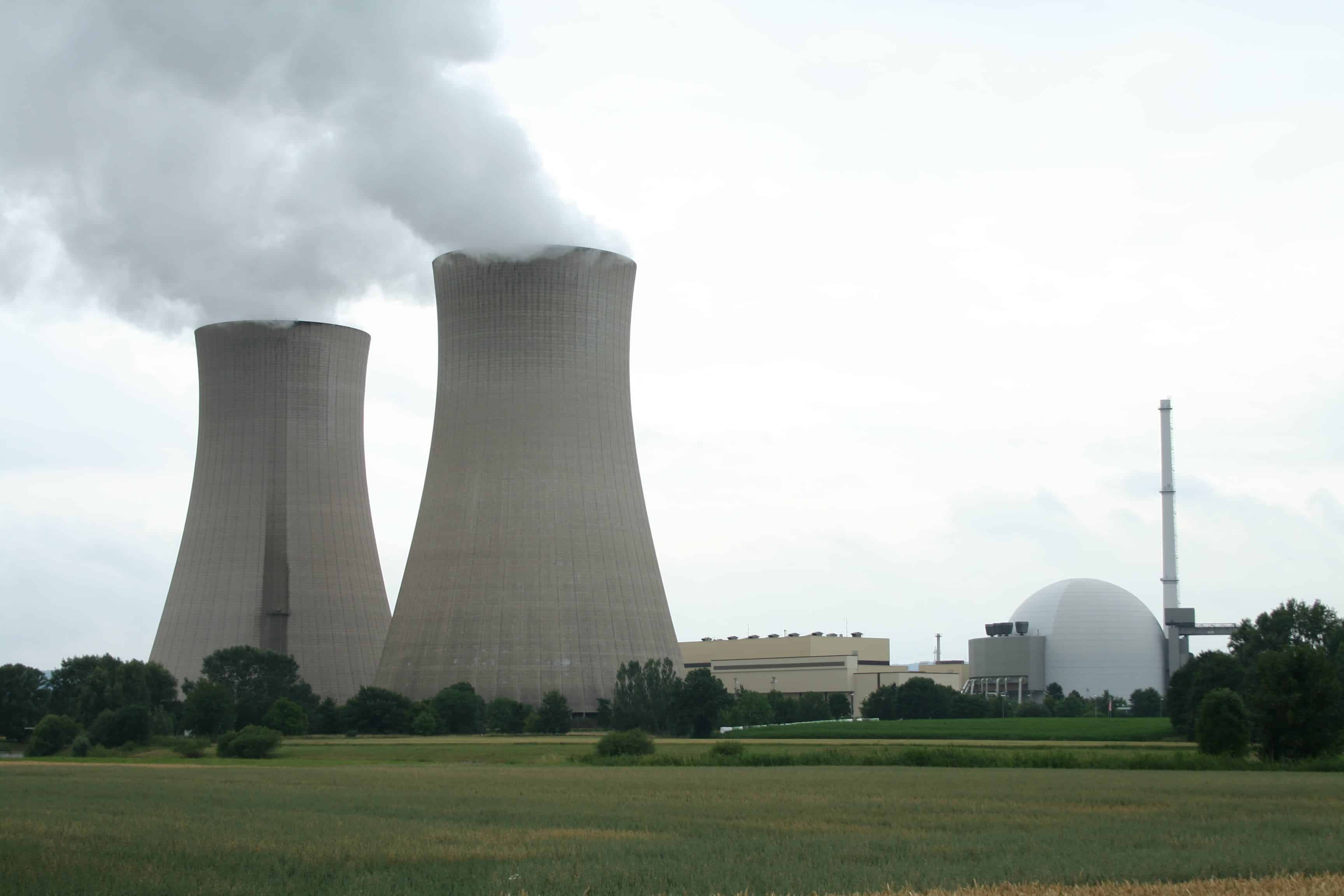Globally, power plants generate almost 10 billion tons of CO2 per year. Currently, all of this gas enters the atmosphere and contributes to the greenhouse effect, which is warming our planet. However, some scientists think that this doesn’t need to be the case. They are investigating how to capture CO2 from power plants and use it for making feedstock, biofuels, and pharmaceuticals. A team of Canadian and US scientists has published their vision for this method in the journal Joule.
The researchers have identified important molecules that could potentially be made from captured CO2. For example, they could convert carbon dioxide into hydrocarbons using water and renewable electricity. Hydrogen, methane, and ethane have high potential as biofuels. Additionally, ethylene and ethanol are important for producing consumer goods, and CO2-derived formic acid could either be used by the pharmaceutical industry or as a fuel.
“Small molecules with high energy densities such as syngas and ethylene are already fantastic and economically feasible targets. Syngas (a combination of hydrogen and carbon monoxide) is a main precursor for synthetic fuels and ethylene is the main precursor to polyethylene, a major plastic,” said Phil De Luna, a PhD candidate in materials science at the University of Toronto, to ZME Science.
The technology for viably capturing CO2 from power plants is just starting to be developed. Current technology is not sophisticated enough to capture and convert carbon dioxide efficiently. In five to ten years, electrocatalysis (chemical reactions through electricity) could be an important advancement towards this goal. Looking fifty years or more into the future, molecular machines or perhaps even nanotechnology could drive the conversion. So, unfortunately, this idea of large-scale carbon dioxide conversion is still quite far away.

The likely timeline of carbon conversion technologies. Image credits: Bushuyev and De Luna et al./Joule.
There are definitely limits to carbon capture and conversion — it should not be thought of as a “magical solution”. It takes a lot of energy to convert CO2 into useful molecules — this process is expensive and that energy also needs to come from somewhere. Energy costs for renewables are expected to decrease, perhaps making this method a viable option in the future. There is also the matter of conversion: it requires pure CO2, which most power plants do not produce.
“Ideally, the world’s energy mix would be completely renewable. However, due to intermittency issues, it’s going to take a long time to have a completely renewable energy mix. In the medium term, we’re still going to need fossil fuels, but we need to capture the CO2 before it reaches the atmosphere so that we can mitigate the harmful effects of climate change. If we can use the CO2 and bring value to it by upgrading it using renewable energy, then we have found a way to store energy in chemical form for long-term energy storage. So in sum, this technology is trying to address a huge gap in the current energy infrastructure – long-term energy storage,” said De Luna to ZME Science.
Carbon conversion shouldn’t be thought of as an excuse to cling on to coal but rather as a chance to possibly become carbon-neutral during the transition away from fossil fuels.
Journal reference: Bushuyev et al. 2018. What Should We Make with CO2 and How Can We Make It? Joule










